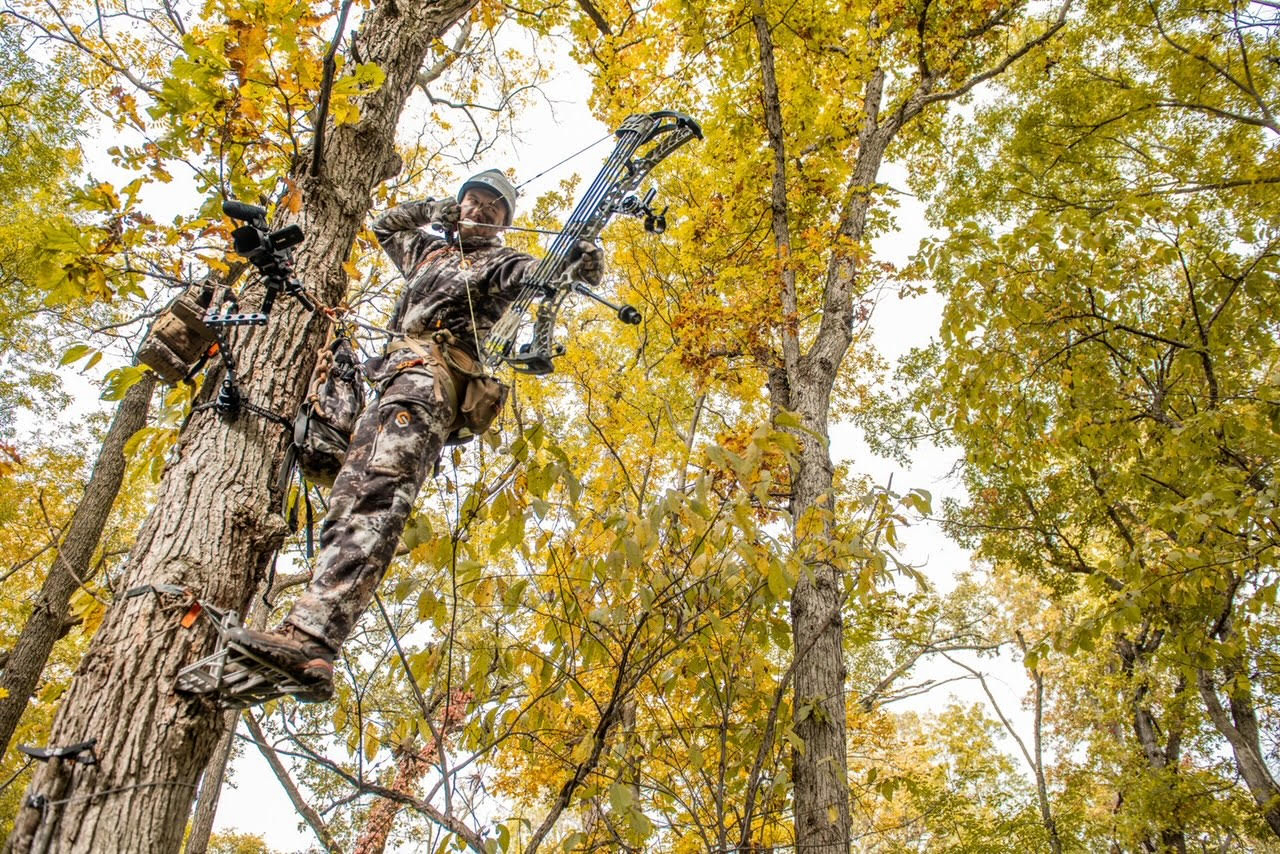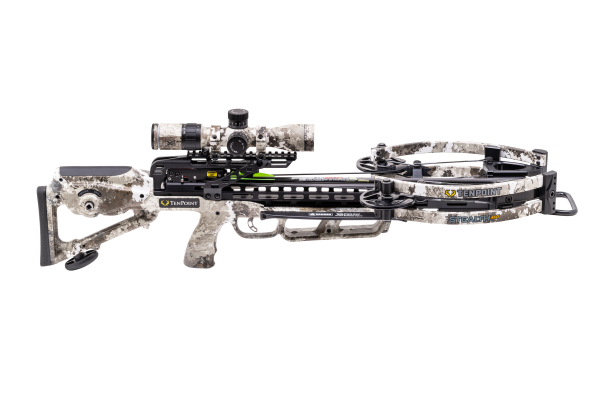Still Hunting is Still Tough
By Glen Wunderlich
After stuffing my backpack with all the necessary gear for an afternoon of sitting in a box blind on stilts, I maneuvered the pack into position on my back. The compact Ruger American in .450 Bushmaster caliber was then slung upon my shoulder for the half-mile trek to the stand. I had already determined to take a different route this time, because I wanted to skirt another hunter’s treestand position – one which I had seen occupied in previous days.
My normal routine included removing the magazine from the firearm and placing it in the pack with my hearing protection. Then, I got to thinking: If I bump a good buck in my travel route through the timber, I’m going to kick myself for not being prepared.
I dropped the pack and removed the loaded magazine and my Ear Shield hearing protection.

Ear Shield
Having a loaded firearm is obviously requisite gear for some still hunting, but hearing protection with a ported big-bore is also a must. Regular hard-shell ear muffs are fine for range use but cancel low-decibel sound; electronic varieties are even better, but they are bulky and have a way of getting in the way when shooting.
Otis Ear-Shields are a fitting answer. Without batteries or any muff design, this relatively new technology shields ears from high-decibel noise comfortably, while allowing low-level sound to come through. They are lightweight, collapsible and fully adjustable, although all sound is somewhat muted.
With hearing protection in place and the firearm loaded, I was prepared for any surprises afoot. It’s been a while since I practiced this dying art of still hunting but there I was doing just that. It wasn’t the best day for sneaking quietly along the trails, but I was committed to the method nonetheless.
The diminutive Ruger was right at home with the low-power, variable Zeiss scope in 1.5×4.5 magnification configuration. The wide field of view would come in handy, if a quick shot were to materialize.
I slowed my gait, but the noise under foot was still there and stopped frequently to check my surroundings. Each step meant I could be entering a deer’s field of view and certainly its range of hearing. Each step became deliberate.
And, then it happened. Several whitetails bolted into action and scurried directly away from me. Checking for headgear, I saw none, as the group scattered and disappeared in front of me. My instincts were correct; my technique and sneak were flawed in part because I was more intent on getting to my stand than being totally devoted to a still hunt.
No sooner that I got set up in the blind, came a button buck fawn bleating as it walked – obviously in search of its mother that I had run off.
At least I didn’t have to kick myself for spooking a worthwhile buck. However, this failed exercise was reason enough for me to realize why I don’t hunt this way anymore. Seeing white tails doesn’t count.








